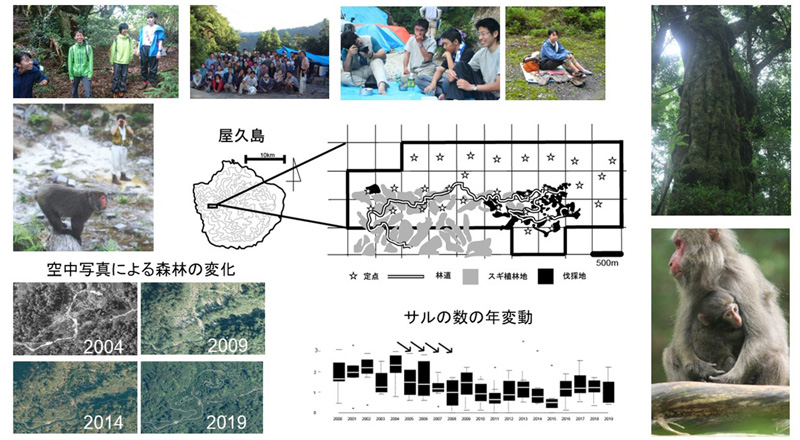2023-08-04 ミュンヘン大学(LMU)
◆研究チームは、広く分布するBacillus subtilis細菌を用いて、内部時計の存在を証明し、その特性や反応を明らかにした。この発見は、産業応用や作物保護、バイオテクノロジーに新たな展望を提供し、これまで考えられていた以上に細菌の循環時計が複雑で多様な特性を持っていることが示された。次のステップでは、循環時計を構成する遺伝子や、B. subtilisの循環時計が多細胞組織にどのように依存しているかを解明する予定。
<関連情報>
- https://www.lmu.de/en/newsroom/news-overview/news/astonishing-complexity-of-bacterial-circadian-clocks.html
- https://www.science.org/doi/10.1126/sciadv.adh1308
枯草菌の概日時計は、複雑な多細胞の概日システムの特性を想起させる The circadian clock of the bacterium B. subtilis evokes properties of complex, multicellular circadian systems
Francesca Sartor,Xinming Xu,Tanja Popp,Antony N. Dodd,Ákos T. Kovács,and Martha Merrow
Science Advances Published:4 Aug 2023
DOI:https://doi.org/10.1126/sciadv.adh1308

Abstract
Circadian clocks are pervasive throughout nature, yet only recently has this adaptive regulatory program been described in nonphotosynthetic bacteria. Here, we describe an inherent complexity in the Bacillus subtilis circadian clock. We find that B. subtilis entrains to blue and red light and that circadian entrainment is separable from masking through fluence titration and frequency demultiplication protocols. We identify circadian rhythmicity in constant light, consistent with the Aschoff’s rule, and entrainment aftereffects, both of which are properties described for eukaryotic circadian clocks. We report that circadian rhythms occur in wild isolates of this prokaryote, thus establishing them as a general property of this species, and that its circadian system responds to the environment in a complex fashion that is consistent with multicellular eukaryotic circadian systems.


